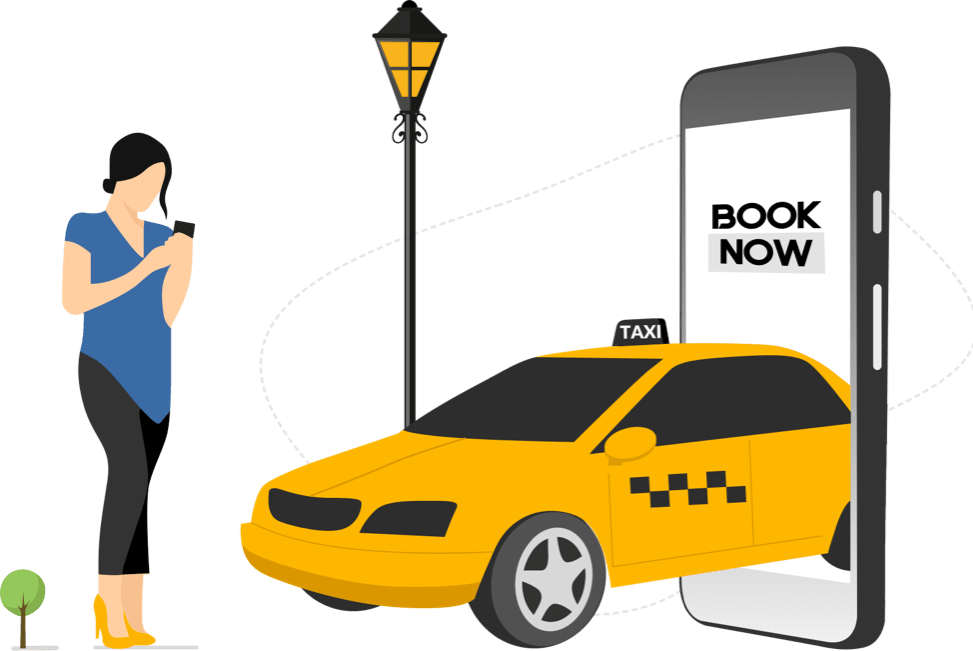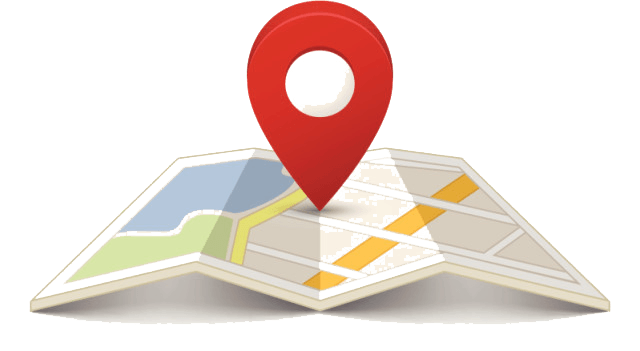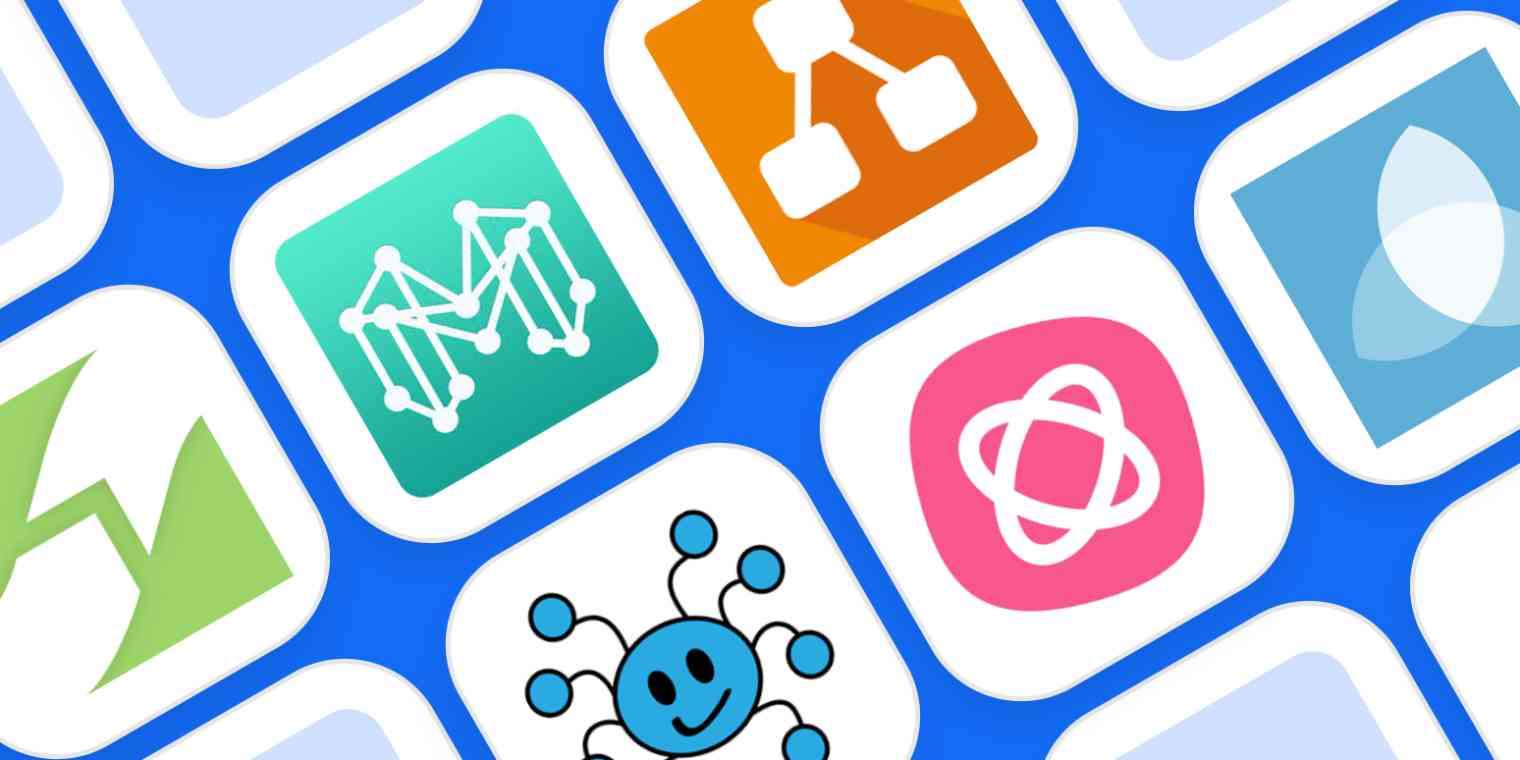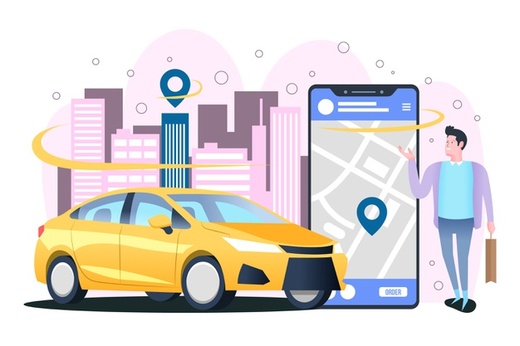
Taxi booking service is mushrooming everywhere and has emerged as one of the reliable way to commute within or outside the city. When we talk about taxi service, Uber is one of the name that has become synonymous with it. Since it’s inception, Uber is pleasing users across the globe and the only point of contact between passengers and Uber is mobile app. Although there are hundreds of taxi booking mobile apps but what has evolved over a period of time, since the inception of Uber, is technology development on the booking front.
With the current scenario in the market, Uber is boosting more and more entrepreneurs with the idea to repeat its feet and create something similar. However, developing a Taxi mobile app like Uber and going live on app store and play store is just not that easy and two separate application with different functionality:
- Passenger app – for those who looks to book taxi
- Driver app – Get orders and they ride passenger to their destination
Its features plays vital role; let’s zero down some of the basic ones:
Basic features of passenger app:

- Register/login: You can provide varied options to register like social media integration, e-mail etc.
- Booking Interface: Here customer needs to add address, select a cab type and set the pickup location
- Tracking: Track driver’s location, status updation during or after a ride
- Fare calculator: Calculates the estimated cost from source to destination before booking
- Payments: Cashless, plain cash , can pay automatically via plastic money and invoice is received to phone or e-mail
- Push Notifications: Keeps the user updated on order status, estimated time, taxi arrival, car model, driver’s contact number, car number and much more
- Messaging, ratings and reviews, booking history: Messaging driver for the perfect pick up, feedback and ratings given by the customer for the service provided, displays the details of previous booking
Basic features of driver app:

- Register/profile/status: Required to provide extra verification details like taxi number, licence during registration, status functionality helping them to adjust the schedule and availability
- Booking: Options to accept or reject the incoming order, information of customer location, booking history etc.
- Push Notifications: For order alerts, taxi booking data, for order updates and completion of ride
- Navigation: Google Maps integration to get optimal direction of customer’s destination
- Cost estimation and reports: Provides the estimated cost with discounts and offer the insights of trip status, payroll, history etc.
Furthermore, to streamline process and driver from the central point, a web app is required to manage and review all in-app activity like interactions, ride routes, payments and much more.
How Uber Works?
/arc-anglerfish-arc2-prod-dmn.s3.amazonaws.com/public/ZHVZ4ELV4FH27G2F32H64TFPRM.jpg)
Passengers let the Uber know that they need a ride; Uber asks you about the location; finds the nearby driver and notifies the duration of driver’s arrival. After completion of ride, cost is automatically charged from your card and then passenger needs to provide feedback about the ride.
So to build such paradigm, what technology stack does Uber rely on?
It relies on some giant foundations like:-

Geo-location: The cab providing service like UBER depends on GPS (Global positioning system) technology to track the current position of the customer. When Uber started its venture, the technology wasn’t that progressive, but today the things have become easier. The geo-location depends on:-
- Identifying a device’s location: To identify the location of the customer, Uber app for iOS uses CoreLocation framework which provides classes and protocols to configure and schedule delivery and send location event to the server. This framework also enables the Uber to define geographic region and track the device moments as it crosses the boundary.
The Uber app for Android uses Google’s Location API which can manage underlying location technology meeting all the needs to tailor the app when integrating location-based features.

- Providing the right direction: For developing iOS app, MapKit is used to display point-to-point directions on map. It registers the app as routing app then makes direction available to the Map apps and other mapping software.
For developing on Google, Google Maps Android API is used to make routes and directions possible.

- Integration with mapping software: Uber implemented Google Maps for both iOS and Android version and to avoid paying Google for access of their solutions, Uber opt for mapping technology companies to solve the logistic issues.

Messaging or Notification: After you order a ride, Uber sends you a couple of notifications like when driver accepts the request, driver is few miles away, cancellation of ride etc. Uber text messages are powered by the Twilio telecommunications provider and you may choose to receive these messages either via SMS or through the push notifications. To implement push notifications in the iOS app, Uber uses Apple Push Notifications Service, and for the Android app Uber uses Google Cloud Messaging (GCM).

Payment Integration: For calculating fare, Uber looks for the factors like base fare, cost/mile and cost/min. Uber promotes a cashless system which means you can pay via plastic card, e-wallets or use a promo code which removes error prone human-to-human cash transfers. Uber chose to partner with Braintree, one of the leaders in the mobile payment market, to accept card payments and also uses PayPal’s Card.io service for credit card scanning on iOS.
The iOS users can make of the Apple Pay for making the payment and the Android users can use the Google Wallet for the same purpose. It is better to collaborate with some online payment company to make the experiences better and faster.

Advantages Of Uber Like App
- Reduce the number of drunk drivers
- Saves your money for commuting
- Provides opportunity to make extra cash for the driver
- Makes the way to the customer’s destination really beautiful
Advantages Of Having Mobile App
- Having a white label mobile app gives your taxi business a broad visibility and an automatic customer boost.
- Reduces the overhead costs generated by managing everything manually and connecting passengers to the drivers in real-time enables the business to grow smartly in autopilot mode.
- Leads to the higher profit as the taxi service provider can develop their own app and save on the commission paid to the cab platform.
How Much Does It Cost?
Well It Depends! There Are Several Factors Affecting The Total Cost
- Your budget
- Number of features
- Design of UI/UX
- Backend development
- Web development
- Security
If you wish to develop a basic taxi service app then it will cost around $15,000 USD to $20,000 USD; Uber like app $20,000 USD to $35,000 USD. It takes 2 to 3 weeks approximately to design the app and 10 to 12 weeks approximately for development process. Lastly, the cost varies according to app development company you hire to get your job done.






